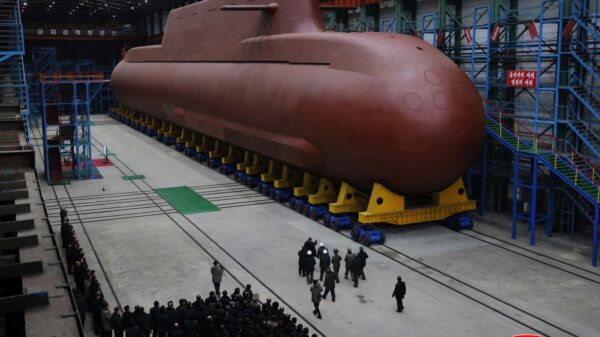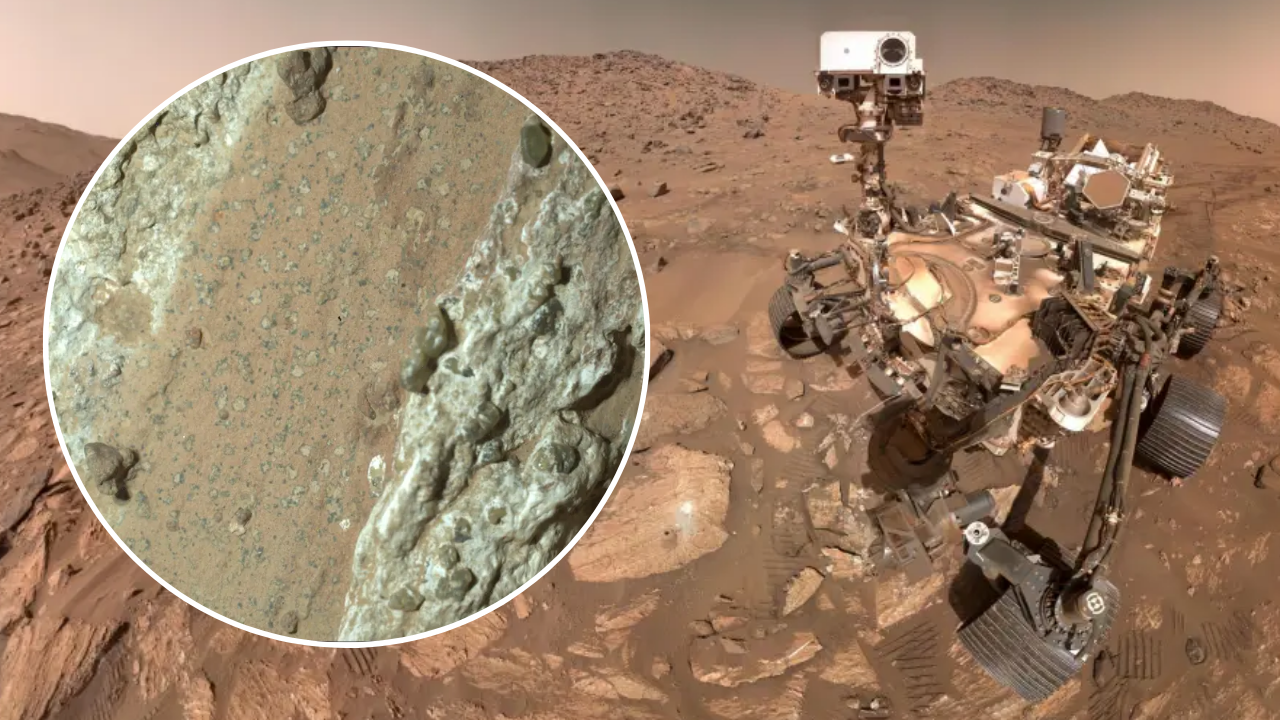NASA’s Perseverance rover has potentially identified a biosignature on Mars, raising questions about the future of Martian sample returns. On September 10, 2023, the Perseverance team reported that intriguing minerals found in a rock formation known as “Cheyava Falls,” located in Jezero Crater, may indicate biological activity. However, definitive conclusions cannot be drawn until these samples are returned to Earth for detailed analysis.
The rover collected a sample, named “Sapphire Canyon,” stored in a tube approximately the size of a cigar. This material is intended for examination under NASA’s Mars Sample Return (MSR) mission. Unfortunately, the MSR program has faced significant delays and budgetary constraints, particularly in light of President Donald Trump’s proposed federal budget for 2026, which suggests substantial cuts to NASA funding. As a result, the timeline for returning these samples remains uncertain.
While NASA’s efforts are in limbo, China’s ambitious Tianwen 3 mission is poised to take the lead in returning Martian samples. Scheduled for launch in late 2028, this mission aims to deliver approximately 500 grams of Martian material back to Earth by 2031. The selection of the landing site is ongoing, with Jezero Crater being a potential target due to its scientific significance and proximity to Perseverance’s operations.
The Tianwen 3 mission plans to deploy a drill, a scoop, and a small drone to collect samples. However, the landing location must meet specific engineering criteria, necessitating that it lies between 17 and 30 degrees North latitude. Jezero Crater, located at 18 degrees North, meets this requirement; however, its altitude poses a challenge. The crater’s floor is roughly 8,350 feet (2,600 meters) below Martian “sea level,” while Tianwen 3 requires a landing site at least 9,840 feet (3,000 meters) below this reference point to ensure a safe descent through the Martian atmosphere.
NASA has developed advanced precision landing technologies over decades, allowing it to target scientifically rich but higher-altitude sites like Jezero. The landing accuracy for its previous missions, such as Curiosity and Perseverance, featured an ellipse of approximately 4.3 by 3.7 miles (7 by 6 kilometers). In contrast, Tianwen 3 will operate with a much larger elliptical landing area of 31 by 12.4 miles (50 by 20 kilometers), complicating its ability to target specific areas of interest.
Despite these challenges, the recent discoveries by Perseverance could guide China’s landing site strategy. Tianwen 3 may focus on similar clay-rich regions and ancient riverbeds, potentially leading to significant scientific findings. Meanwhile, NASA may need to explore alternative methods for returning its collected samples if political support and funding allow.
The ongoing competition between NASA and China in the realm of space exploration highlights the importance of international collaboration and innovation in the quest to understand Mars and its potential to harbor life. As both missions progress, the scientific community eagerly anticipates new discoveries that could reshape our understanding of the Red Planet.








































































